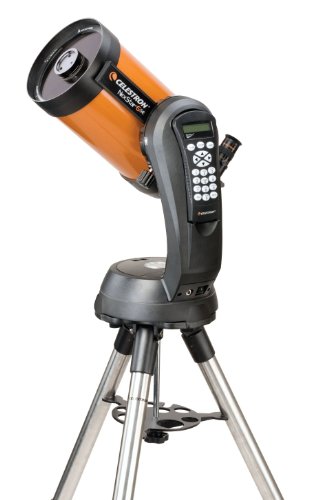Tuesday, November 29, 2011
Saturday, November 19, 2011
Wednesday, November 9, 2011
Thursday, November 3, 2011
Celestron NexStar 6 SE Telescope
!9#Celestron NexStar 6 SE Telescope
Brand : CelestronRate :

Price : $699.00
Post Date : Nov 03, 2011 08:17:22
Usually ships in 24 hours
The Celestron NexStar 6SE Telescope is a state-of-the-art design that allows you to view incredibly detailed celestial bodies. The patented single-fork arm enables smooth operating within the optical tube. With the NexStar 6SE Celestron Telescope, the quality is undeniable and the viewing is spectacular as the Go To buttons capture the object of your choice. With the Celestron NexStar 6SE Telescope, you get serious performance and easy portability in this high-quality altazimuth computerized telescope.Features:6" Schmidt-Cassegrain telescope with 150mm aperture44% more light gathering power than 5" models1500mm focal lengthFocal ratio: 10Ultra portable – weighs 30 lb including the tripodCombines the classic heritage of the original orange tube telescopes with the latest state-of-the-art featuresStarBright XLT high transmission coatings come standardCelestron's unique patented single fork arm with integral hand control design provides a rigid and smooth operating structure for the optical tubeStar diagonal provides more comfortable viewing position when observing objects that are high in the skyProven NexStar computer control technologyIncludes:Quick release fork arm mount, optical tube and accessory tray for no-tool setupStarPointer finderscope to help with alignment and accurately locating objectsSturdy computerized altazimuth mountInternal battery compartment to prevent cord wrap during useUltra sturdy steel tripod with accessory tray40,000 object database with 200 user-definable objects and expanded information on over 200 objectsSkyAlign allows you to align on any three bright celestial objects, making for a fast and easy alignment processFlash upgradeable hand control software and motor control units for downloading product updates over the InternetAutoguider port for long exposure astrophotographyDC Servo motors with encoders on both axesCustom database lists of all the most famous deep-sky objects by name and catalog number; the most beautiful do
